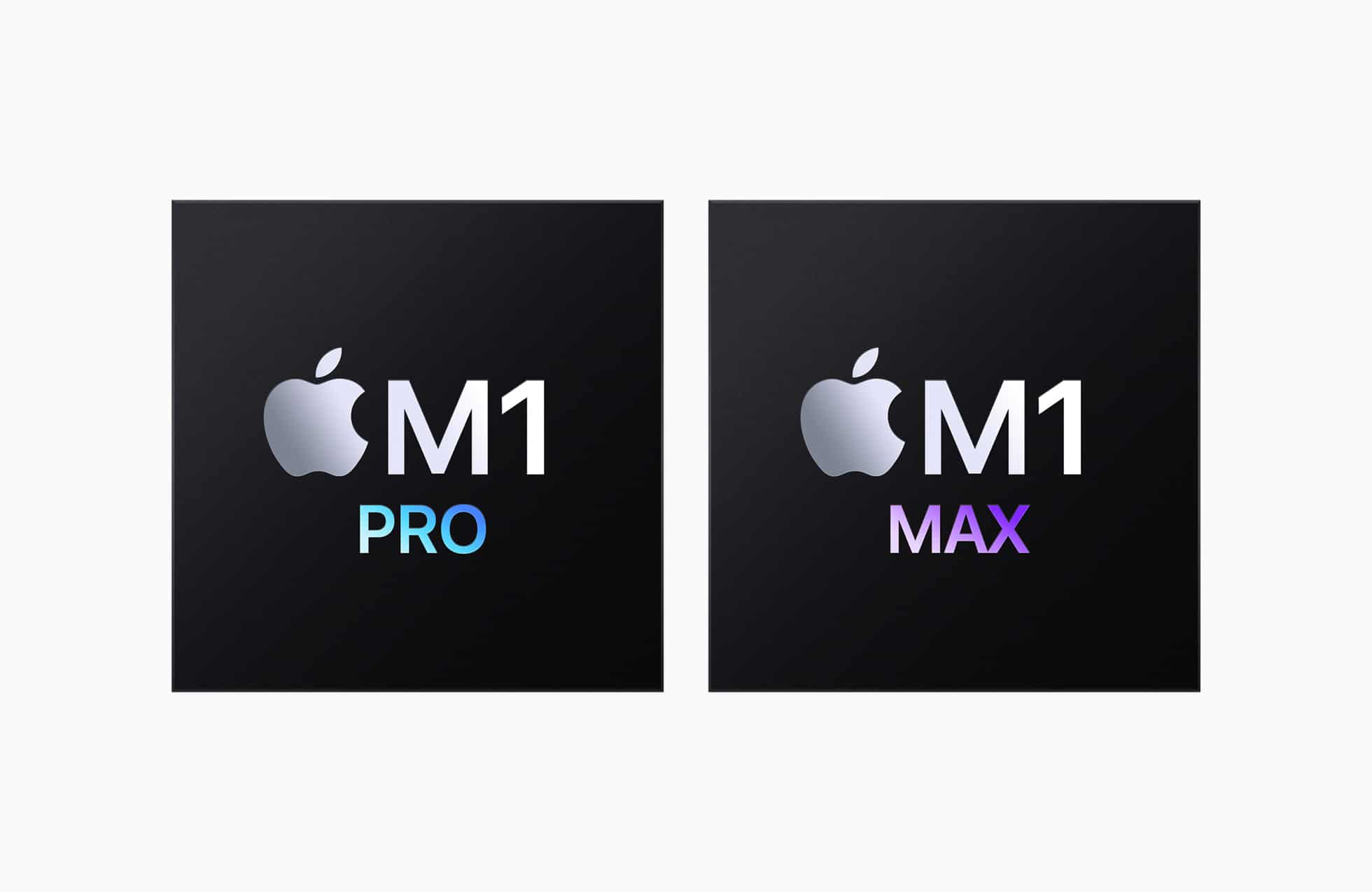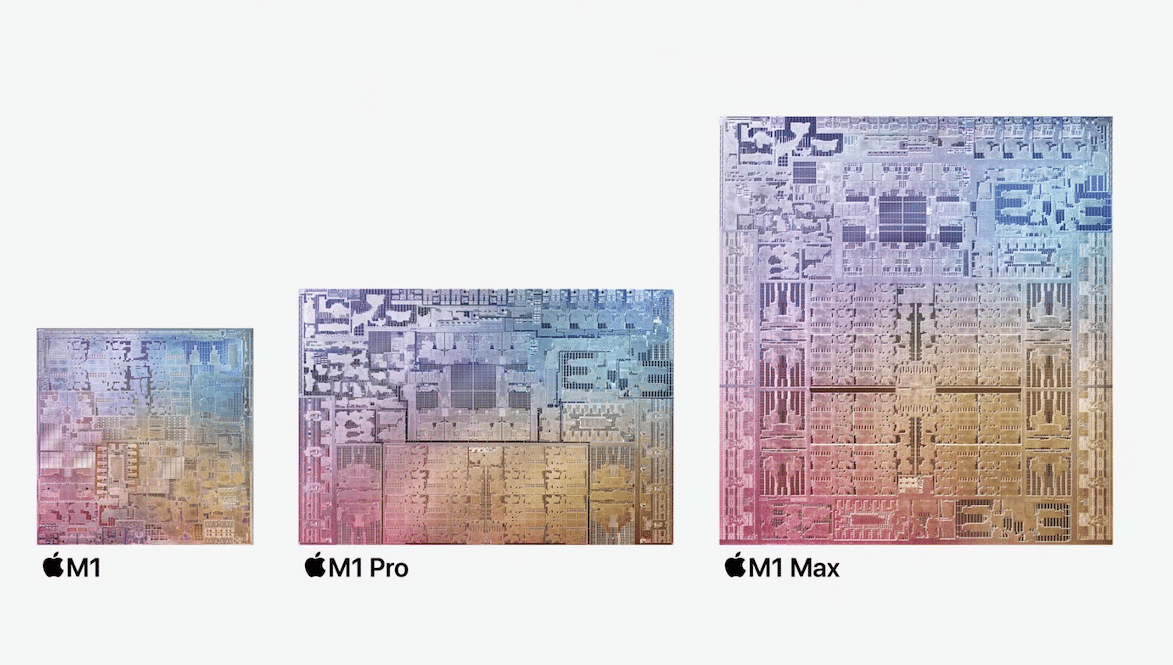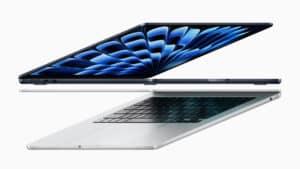In its first year of transition from Intel processor to Apple Silicon for Mac lineup, Apple has introduced two new chipsets from professionals, the M1 Pro and M1 Max chips in the 14-inch and 16-inch MacBook Pro (2021). Early Geekbench, Cinebench, and GFXbench 5 benchmarks of Apple’s custom-built chips destroy most of the competition with their exceptional performance per watt usage.
Thus, this transition is not of silicon only, it can be considered the company’s transition as well; from just a product-driven company focusing on perfecting design, Apple has become a silicon company. That is a huge leap forward for the Cupertino tech giant because now it can tailor-make software for its silicon or vice versa.
To discuss this transition, Apple’s senior worldwide marketing VP Greg Joswiak, senior hardware engineering VP John Ternus, and senior hardware technology VP Johny Srouji sat down with Wired. Here are the highlights of the interview.

Apple is heaven for chip designers because they will build silicon for a company that build products
Srouji, called the chip czar at Apple, joined the company in 2008 to build custom chips for iPhones on Steve Jobs’ request and now he finds himself unveiling the company’s custom-built silicon for the Mac which he believes has several advantages for Apple’s ecosystem. The company now makes its own silicon, hardware, software, and design. Srouji said:
“Apple builds the best silicon in the world. But I always keep in mind that Apple is first and foremost a product company. If you’re a chip designer, this is heaven because you’re building silicon for a company that builds products.”
He added that free from the dependence on vendors who deliver off-the-shelf components, Apple’s hardware, software and other teams can now sit and design unique features for users which they will need.
“We work as one team—the silicon, the hardware, the software, the industrial design, and other teams—to enable a certain vision. When you translate that to silicon, that gives us a very unique opportunity and freedom because now you’re designing something that is not only truly unique, but optimized for a certain product.”

He shared that to build the new M1 Pro and M1 Max chips for MacBook Pro models, he worked with John Ternus, and Craig Ferderighi years ago to give consumers the technology they would need in 2021.
In the case of the MacBook Pro, he says, he sat with leaders like Ternus and Craig Federighi several years ago and envisioned what users would be able to get their hands on in 2021. It would all spring from the silicon. “We sit together, and say, ‘Okay, is it gated by physics? Or is it something we can go beyond?’ And then, if it’s not gated by physics and it’s a matter of time, we go figure out how to build it.”
Talking about gone Touch Bar, Greg Joswiak said that MacBook Pro’s customers “love that full-size, tactile feel of those function keys, and so that’s the decision we made.” And when asked what advice he would give to Google in reference to its silicon journey, he said, “Oh, I don’t know. Buy a Mac.”

